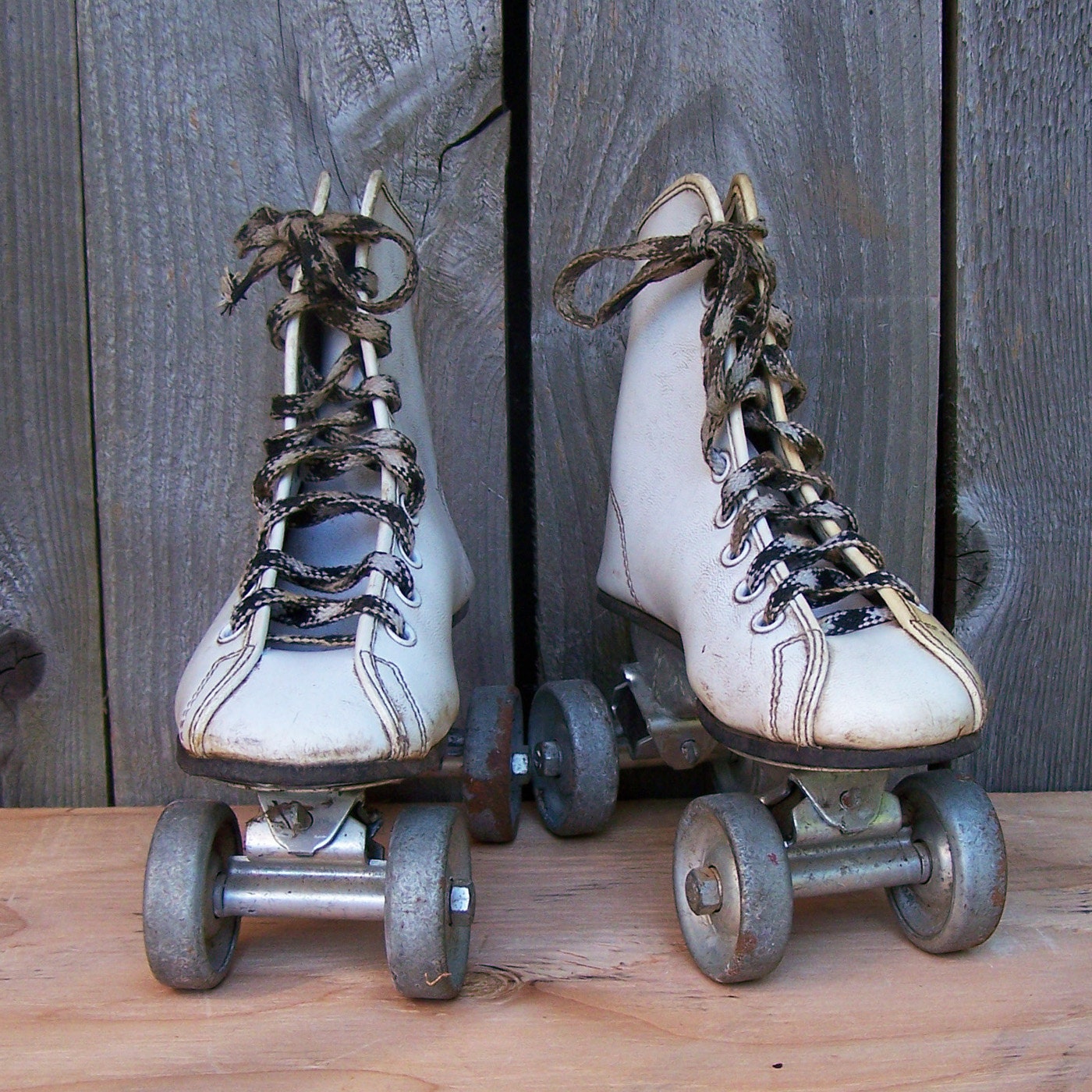
As a kid growing up in the seventies, if I wasn’t in
school, I was outside. I lived in a neighborhood where you could always find
other kids who were up for a game of tag, kickball, dodge ball, baseball or
football. And, on the rare occasion when a group couldn’t be amassed, there was
always bike riding, jump rope, hopscotch, tree climbing and roller skating.

I
loved to roller skate. My first pair of skates had metal wheels. I’d lace them
up and glide up and down my street for hours. One of my earliest memories is of
challenging a boy on a Big Wheel to race and I was winning; that is, until I
tripped on a rock and skidded down the road on my face, a stunt that would have
me starting first grade with a scab running from my temple to my upper lip. But
even that didn’t diminish my affinity for roller skating.

By the time I was eleven, I had a new pair of skates
with red wheels and big pom-poms with bells that I would proudly don every
weekend at the local roller skating rink, which was ten minutes from my house.
My parents would drop me off for the three hour matinee session and pick me up
afterward—a common occurrence in the seventies, but something I find hard to
imagine doing with my own young daughters today. I even had a birthday party at
the roller skating rink.

But, as high school approached, my friends and I had
moved on to ice skating and, before long, both pairs of skates were collecting
dust in my closet.
Roller skating, which is both a form of recreation
and a sport, as well as a mode of transportation, has been around for nearly
200 years, but was most popular in America in the 1970s and the 1990s. It’s
resurgence in the nineties is credited to the introduction of inline skates,
which became known as “roller blading,” and I was just one of many college students
who zipped around campus on a pair of Rollerblades.
By the time my children were born, skating had again
become a distant memory. Until, one day, on our way to Pennsylvania, we drove
by the Sportsman’s Hall Roller Skating Rink in Upperco, Md.—the very place where
my parents had met more than forty-five years ago, and where my own children
would soon learn to skate and have their own birthday parties.

Recognized by the President's Council on Physical Fitness
and recommended by the American Heart Association as an aerobic fitness sport, roller
skating, which is relatively safe and easy to learn, develops motor skills and
uses all the body’s muscles, and, surprisingly, burns as many calories as
running, is one of the best fitness activities for children.
So, instead of sitting on the couch, watching
television and playing video games during the cold and blustery days of winter,
roll on over to Sportsman’s Hall where the whole family is guaranteed to have hours
of fun while getting fit.







